Temporality
Time can be understood in terms of both scale and complexity. These essays highlight the tensions between past and potential futures, as well as what such non-linear and multiple timelines can tell us about the presents in which they were conceived.
Michelle Murphy
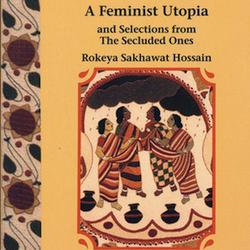
How Does Technoscience Dream?
Colin Milburn
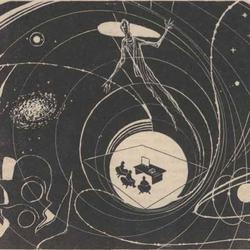
Ahead of Time
Erika Milam
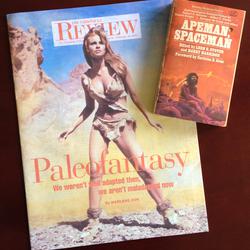
Evolutionary Futures
Frédérique Aït-Touati
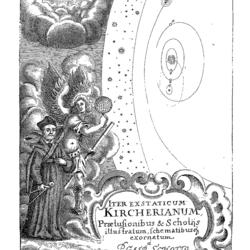
Seeing From Afar
Enhancement
Heightened senses, prolonged lives, augmented reasoning—these are stuff of dreams. The essays in this section consider the agents, resources, and machines we reach for in our attempts to be more than human.
Projit Mukharji

Paranimate Science
Patrick McCray

Stay Frozen, My Friends
Oliver Gaycken
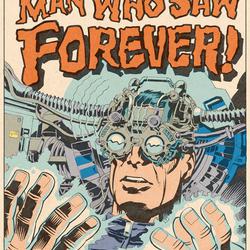
SuperVision
Stephanie Dick
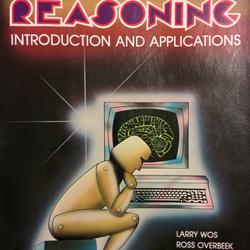
The Future of Thinking
Speculation
Processes of speculation underwrite both fictional and non-fictional accounts of futures. These essays illustrate how fictional and non-fictional narratives mutually inform each other and shape what gets to count as reliable knowledge.
Ruha Benjamin

Black to the Future
Nikolai Krementsov
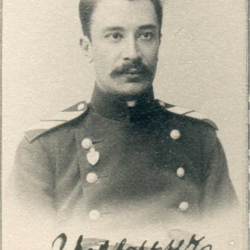
Between Science and Fiction
Michael D. Gordin

What to Say After Nuclear War
Joanna Radin
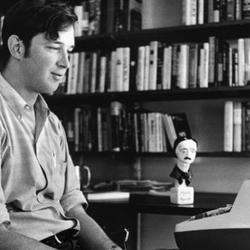
Big Science Fiction
Survival
Will the human race be able to continue life—on earth or elsewhere? Anxieties about survival fuel efforts to harness science, technology and medicine, and give urgency to accounts of human and non-human futures.
Ruha Benjamin

Black to the Future
Nikolai Krementsov

Between Science and Fiction
Patrick McCray

Stay Frozen, My Friends
Erika Milam

Evolutionary Futures
Animacy
Ghosts, aliens, light particles—all are forms of liveliness that expand conceptions of agency beyond questions of biological life. These essays address both the process of embodiment and also how the vibrancy of matter matters for unorthodox interpretations of action and causation.
Stephanie Dick

The Future of Thinking
Oliver Gaycken

SuperVision
Projit Mukharji

Paranimate Science
Michelle Murphy

How Does Technoscience Dream?
Transmission
Stories of communication and contact are hallmarks of science fiction as well as history of science. These essays explore how information, organisms, and other objects circulate and are transformed in the process. Germs, practices, and even language may infect subjects of encounter, creating as well as foreclosing relational possibilities.
Frédérique Aït-Touati

Seeing From Afar
Joanna Radin

Big Science Fiction
Michael D. Gordin

What to Say After Nuclear War
Colin Milburn
